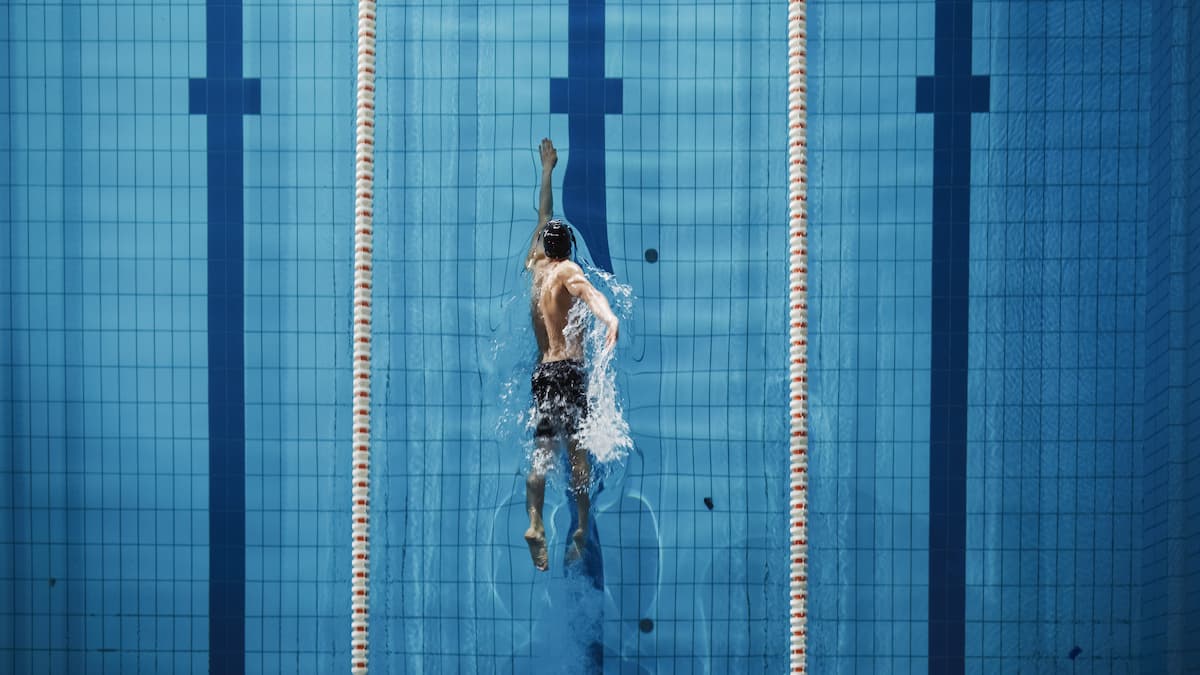Swimming is an excellent form of low-impact exercise that offers a full-body workout. Many people enjoy swimming for its ability to increase cardiovascular health, build muscle strength and endurance, as well as being a fun and refreshing way to burn calories. In this article, we dive into the details of how many calories are burned during a 30-minute swimming session.
Factors Affecting Calorie Burn in Swimming
Different factors play a role in determining the number of calories that you can burn while swimming. Some of these key factors include:
- Body weight: A heavier person will generally burn more calories than a lighter individual during any given physical activity, including swimming.
- Swimming stroke: Different strokes require varying levels of exertion, making some more calorie-intensive than others.
- Speed and intensity: Swimming at faster speeds or with greater intensity will result in more calories burned.
- Duration: As expected, the longer you swim, the more calories you will burn.
Your Weight Matters
Your body weight plays a significant role in calorie consumption while swimming. Heavier individuals expend more energy performing physical activities than their lighter counterparts, leading to increased caloric burn. Let’s take the example of someone weighing 185 pounds: We’ll discuss the estimated calorie burn per minute throughout this article to give you an idea of the calories you may burn during your 30-minute swimming workout.
Calories Burned by Swimming Stroke
The type of swimming stroke you perform significantly impacts the number of calories you burn during your workout. Each stroke requires different levels of exertion and engages a unique set of muscle groups.
Freestyle (Front Crawl)
The freestyle stroke, or front crawl, is the most common swimming stroke and typically the fastest. This stroke requires a continuous alternating arm movement, coupled with an up-and-down kicking motion. For an individual weighing 185 pounds, approximately 7 to 11 calories per minute are burned while performing this stroke at a moderate pace. In 30 minutes, that translates to between 210 and 330 calories burned.
Backstroke
Backstroke allows swimmers to be on their back, making it easier to breathe compared to other strokes. Similar to freestyle, backstroke also uses alternate arm motions with up-and-down leg kicks. A 185-pound person can expect to burn around 6 to 9 calories per minute when swimming backstroke at a moderate pace. This means a total calorie expenditure of 180 to 270 during a 30-minute backstroke session.
Breaststroke
Breaststroke is considered one of the more challenging swimming strokes due to its technical nature. It consists of simultaneous sweeping arm movements along with a frog-like leg kick. An individual weighing 185 pounds can anticipate burning approximately 7 to 10.5 calories per minute while performing breaststroke at a moderate speed. In a 30-minute swimming workout, this amounts to 210 to 315 calories burned.
Butterfly Stroke
Often regarded as the most demanding and least efficient of all swimming strokes, the butterfly stroke requires significant coordination and strength. It comprises simultaneous over-water arm strokes paired with a powerful dolphin kick. During a 30-minute high-intensity butterfly swimming session, an individual weighing 185 pounds can burn a staggering 11 to 16.5 calories per minute. This results in a total calorie burn of 330 to 495 for the half-hour workout.
How Speed and Intensity Impact Calorie Burn
The speed and intensity at which you swim play crucial roles in determining the number of calories burned during a swimming workout. Swimming at faster speeds or with greater power engages more muscle groups, requires increased cardiovascular effort, and results in higher energy expenditure.
- Moderate Intensity: At a moderate pace, a 185-pound individual can expect to burn from 210 to 330 calories in a 30-minute swimming workout, depending on the stroke used.
- High-Intensity Interval Training (HIIT): Rapid bursts of intense swimming alternated with low-intensity recovery periods can result in approximately 15 calories burned per minute for a 185-pound person. A 30-minute HIIT swimming session at this weight could potentially burn up to 450 calories.
Maximizing Calorie Burn During Swimming Workouts
To get the most out of your 30-minute swimming workout, here are some tips to increase caloric burn:
- Vary your strokes: By incorporating different swimming strokes into your routine, you engage varying muscle groups and keep things fresh and challenging.
- Incorporate interval training: Mix short bursts of intense efforts with periods of lower-intensity swimming to ramp up the calorie-burning potential of your session.
- Use swimming accessories: Utilize tools like kickboards, pull buoys, or swim paddles to boost resistance and increase the intensity of your workout.
- Swim continuously: Try to minimize breaks during your 30-minute workout to maintain a steady calorie-burning pace.
In conclusion, swimming is an effective way to burn calories-during any fitness level. The amount burned in a 30-minute session depends on factors such as body weight, swimming stroke, and pace. By incorporating different strokes and intensities into your swimming routine, you can maximize caloric expenditure while reaping the numerous health and fitness benefits this enjoyable aquatic exercise offers.

